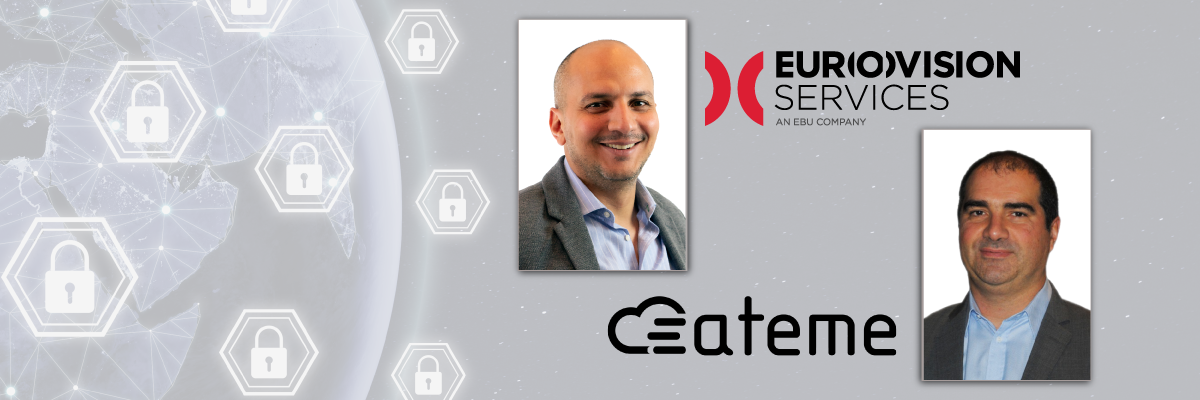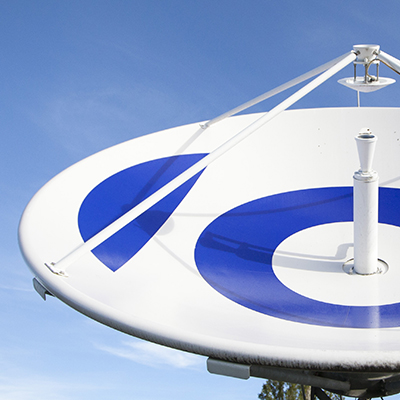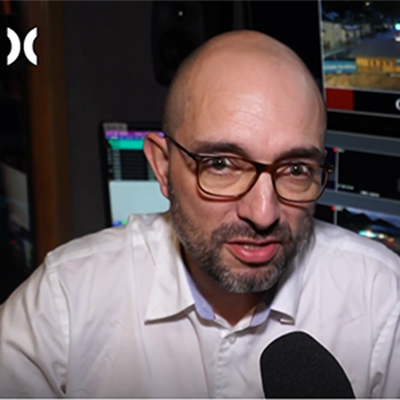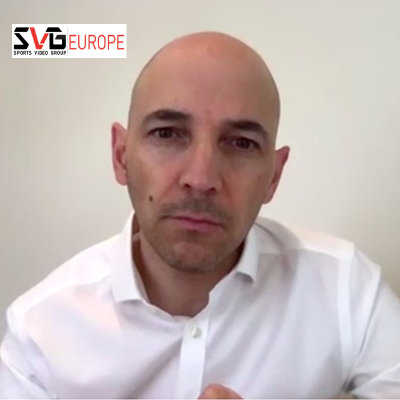

BISS-CA and its benefits for broadcasters and rights owners
A joint interview between Amine Hafnaoui from Eurovision Services and Julien Mandel from ATEME
A joint interview between Amine Hafnaoui, Head of Global Operations & Engineering, Eurovision Services and Julien Mandel, Contribution Segment Marketing Manager, ATEME.
According to Digital TV Research, the impact of piracy could reach $52 billion by 2022. Although that figure is in itself staggering, the analysis by Digital TV Research did not include one of the biggest targets of content pirates: high-value sports events. As some high-profile cases have shown, content piracy is big business and can be highly organised. Content piracy affects content owners and broadcasters alike, with losses in both revenue and audiences. So what is the solution? We spoke to two people who have been instrumental in securing high-value live sports content, Amine Hafnaoui, Head of Global Operations & Engineering at Eurovision Services and Julien Mandel, Contribution Marketing Manager, ATEME, the company that first had the idea for BISS-CA encryption.
How does BISS-CA help to combat piracy?
Julien Mandel: BISS-CA is an open and royalty-free standard that is easy to use. It uses very secure 128-bit encryption, with the encryption key being changed every 10 seconds. It also allows entitlement and revocation of receivers in real time and can be use with all types of equipment (encoders, decoders, multiplexers and transcoders).
When will Eurovision Services start using BISS-CA encryption?
Amine Hafnaoui: We will start to use BISS-CA encryption for some high-value live sports transmissions in the fourth quarter of 2020. We already have plans to implement this new encryption standard for other live events next year and, thanks to our good working relationships with the rights owners to major sports events, we expect the standard to be progressively be used for all major live sports transmissions on our Eurovision Global Network.
What was ATEME’s involvement in the development of the BISS-CA standard and what are the major milestones in the run-up to its deployment?
Julien Mandel: We were at the origin of BISS-CA back in 2016, since we wrote the first reference paper and drafted the first specification for the standard. The EBU joined the discussion later the same year and we have since worked hand-in-hand on the evolution of the standard, for example with regard to interoperability between different watermarking providers. Ateme also participated in the public key concatenation reference paper and developed the BISS-CA lock system.
What benefits does the watermarking bring?
Julien Mandel: The open source nature of BISS-CA means that it can accommodate any watermarking solution, so there is no vendor lock-in. The watermark allows for the identification of leaks and BISS-CA determines the origin thanks to the watermark, which is resilient to transcoding and offers the possibility to cut streams once the origin of any piracy is found.
What has the feedback from customers been regarding BISS-CA trials and the migration to BISS-CA?
Amine Hafnaoui: We already concluded a successful testing phase in partnership with Ateme in 2019. Our customers are very enthusiastic about this new encryption system.
Julien Mandel: Companies that have used BISS-CA have found it secure and easy to use. It protects broadcasters from the threat of illegal piracy and ensures that those watching the content legally are getting the best viewing experience possible.
What impact will the introduction of BISS-CA have on broadcasters?
Amine Hafnaoui: The big change for broadcasters will be the need to be ready to decrypt transmissions in BISS-CA. This means having BISS-CA compliant equipment (which most of our customers do) and, more importantly, upgrading the firmware in good time. Customers need to register equipment with Eurovision Services so that we have the public keys for all devices receiving BISS-CA signals.
Will the Eurovision Services migration to BISS-CA affect other stakeholders?
Amine Hafnaoui: In a second stage, SNG providers working with Eurovision Services will also need to ensure that their equipment is BISS-CA ready and register it with us.
Will BISS-CA become the reference standard for encrypting live transmissions?
Amine Hafnaoui: BISS-CA will be widely used for future broadcasting purposes. It fits perfectly with the content owners’ requirement for securing their feeds.
Julien Mandel: Having a standard is a strength. We see today a trend towards rapid and widespread adoption of BISS-CA compared with proprietary technologies.



